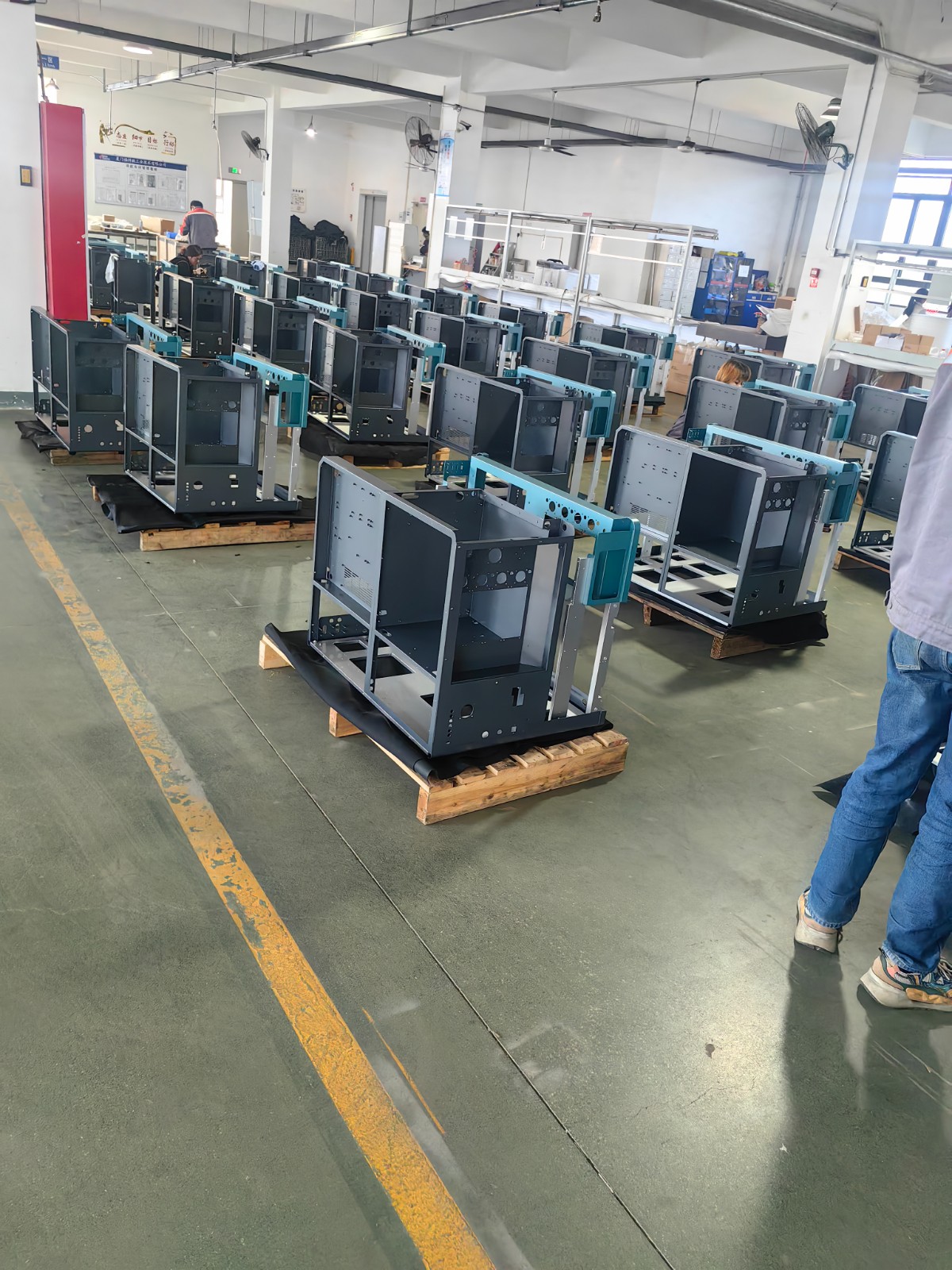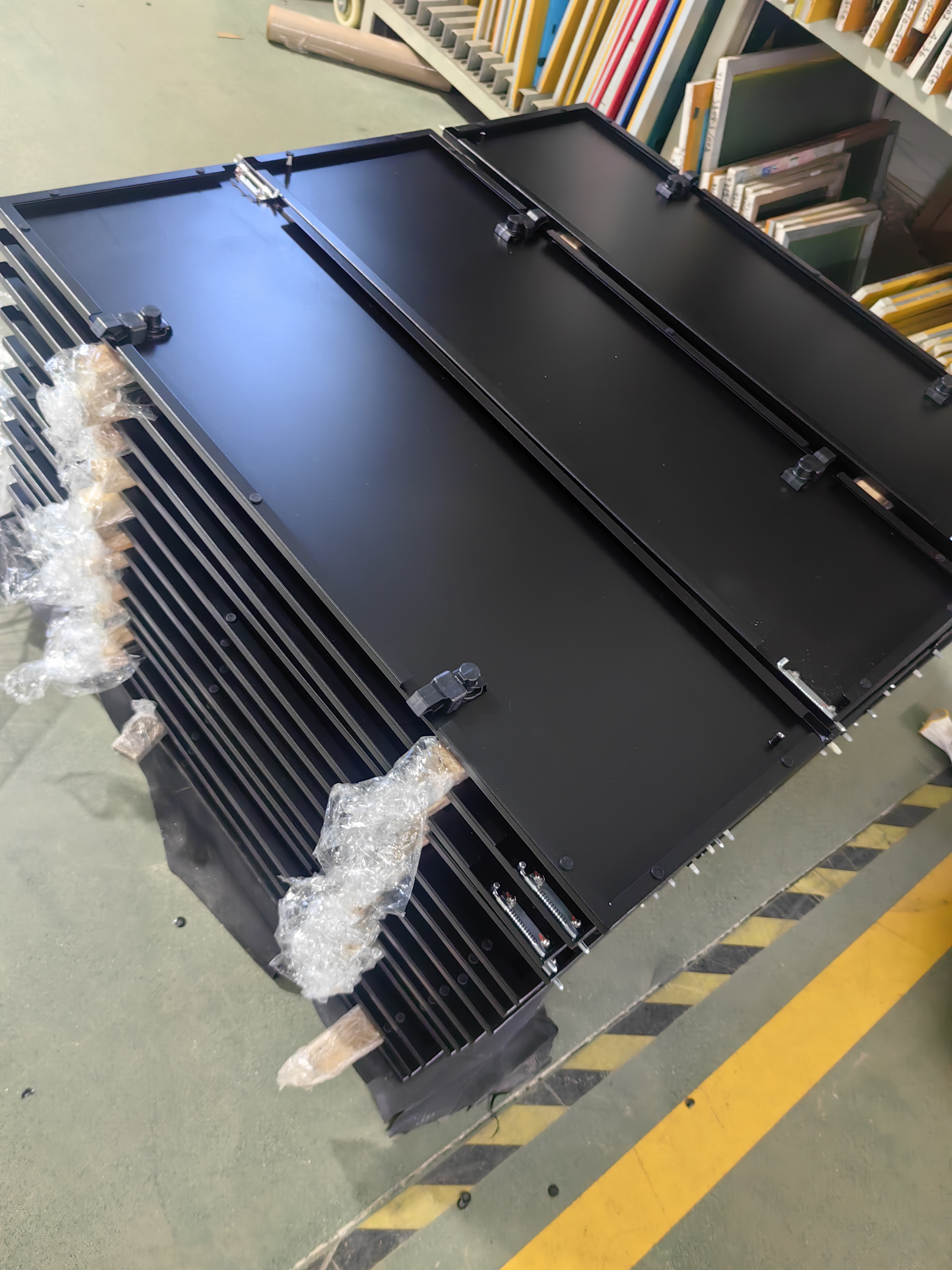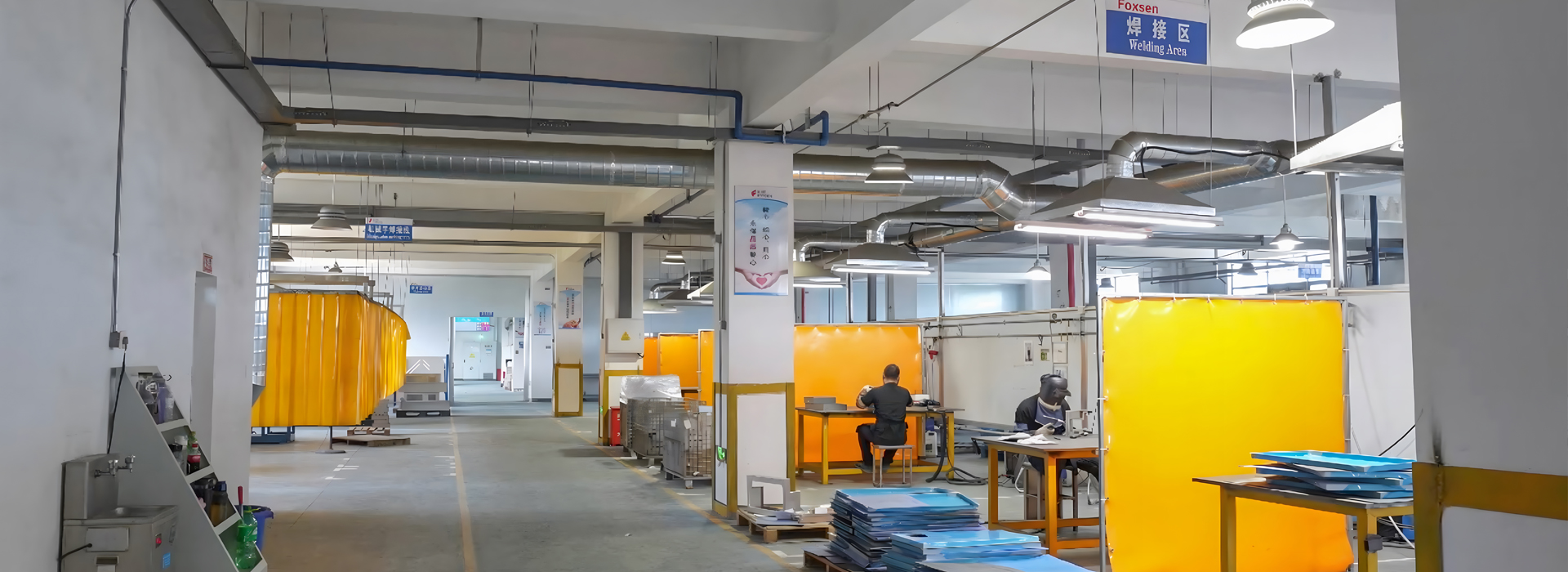

Surface Cleaning and Are-Treatment
Acid wash or alkaline cleaning removes oils, dirt, and rust.Surface preparation ensures optimal bonding for powder coating.Etching enhances sheet metal Cabinets surface roughness for better powder adhesion.
Masking Areas
Apply masking tape around sheet metal Cabinets edges and areas to avoid.Ensure the tape adheres firmly for a clean edge.
Electrolytic Anodizing (Optional for Aluminum Cabinets)
For aluminum metal cabinets, electrolytic anodizing may be applied as an additional treatment to improve surface protection.
Submerge the sheet metal Cabinets in a sulfuric acid solution (or other electrolytes).Apply electrical current to form a protective oxide film.
Electrostatic Spraying of Powder Coating
The core of the sheet metal Cabinets powder coating process is the electrostatic spraying of the powder coating onto the surface of the cabinet.
Spray gun charges the powder particles.Powder coats the cabinet evenly due to electrostatic attraction.Uniform application ensures a high-quality finish.
Baking and Curing for Strong Bonding
The metal cabinet is heated in a curing oven to set the coating.Powder melts and forms a solid bond with the surface.
Cooling to Complete Curing
Allow the metal cabinet to cool naturally.Ensure the coating is fully cured and hardened.
Final Quality Inspection
Check coating thickness with a gauge.Test adhesion strength to ensure durability.Inspect surface finish for uniformity and smoothness





